A Leap Forward at Dover Air Force Base
In the spacious hangar of Delaware’s Dover Air Force Base, an innovative inspection process unfolds. Unlike traditional scenes crowded with maintenance crews and their tools, this hangar, hosting the enormous Lockheed Martin C-5, is filled with the hum of a drone’s spinning blades.
This scene marks a pivotal step in Boeing’s exploration of Drone Technology for aircraft inspections, expanding beyond its own fleet to include Lockheed’s C-5, suggesting a broader application in the future, reports C4ISRNET.
The Autonomous Edge
The drone, an emblem of modern technology, autonomously navigates around the aircraft. Its high-resolution camera, backed by AI and crash-avoidance systems, meticulously photographs the plane’s exterior. These images, instantly displayed and analyzed, reveal potential issues for expert review.
Scott Belanger, a Boeing executive, emphasized the significance of this technology in maintaining older aircraft like the C-5, which are challenging to keep operational.
A Glimpse into AI’s Role in Air Force Operations
The implications of this technology extend far beyond maintenance. Col. Tucker Hamilton envisions a future where drones play a critical role in Air Force missions, complementing manned aircraft.
Transforming Maintenance with Near Earth Autonomy
This recent inspection at Dover AFB, carried out in collaboration with Near Earth Autonomy, represents a significant milestone. The Autonomous Aircraft Inspection (AAI) project aims to revolutionize how aircraft are evaluated and repaired.
This collaboration has already proven successful with Boeing C-17 cargo planes in Hawaii, but the work on the East Coast with a competitor’s aircraft showcases the initiative’s adaptability and potential.
Beyond Conventional Methods
Traditional inspection methods are time-consuming and labor-intensive. In contrast, the drone-led inspection of the C-5, which would usually take hours, was completed in about 10 minutes.
This efficiency, combined with the reduced need for manual labor and the potential for increased safety, marks a significant advancement in aircraft maintenance.
Preparing for the Future
As the Defense Department looks towards potential operations in the Indo-Pacific and Europe, the Air Force’s Agile Combat Employment strategy aims for efficient and scattered bases.
The AAI’s minimal manpower requirement and quick training time align well with this strategy. Ken Jones, an Air Force maintenance official, highlights the AI’s ability to identify issues more accurately and quickly than traditional methods.
The Road Ahead
Boeing and Near Earth Autonomy aren’t stopping here. They plan to enhance the drones with additional capabilities to detect subsurface damage and adapt them for outdoor use. Future plans also include expanding the inspection roster to include other aircraft types, such as the KC-135 and KC-46 tankers.
Boeing’s innovative use of drones for aircraft inspections at Dover Air Force Base marks a significant step in military aviation maintenance. This technology not only promises efficiency and safety improvements but also aligns with the future strategic directions of the Air Force. As this technology evolves, it paves the way for a new era in aircraft maintenance and operational readiness.
Photo credit Colin Demarest/C4ISRNET.
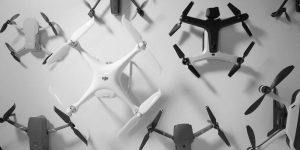


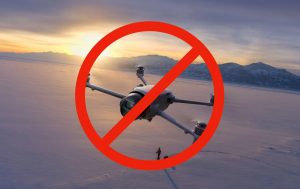
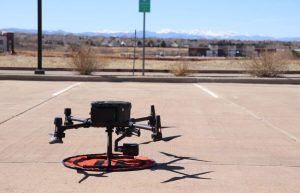

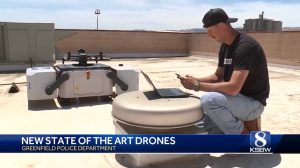
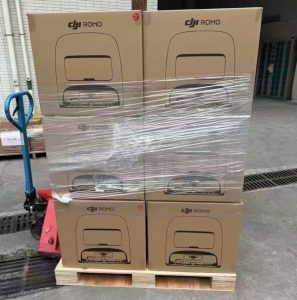
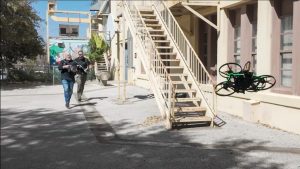
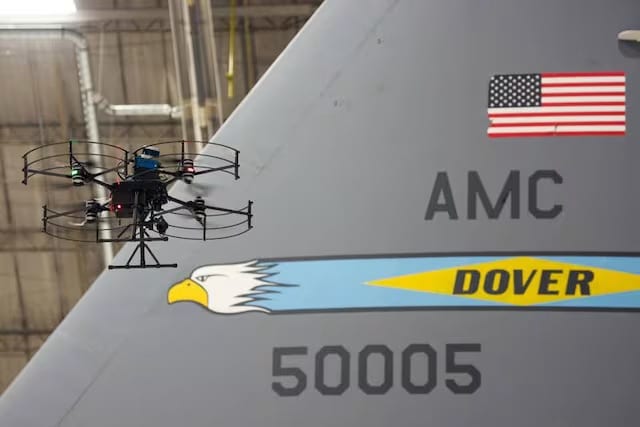

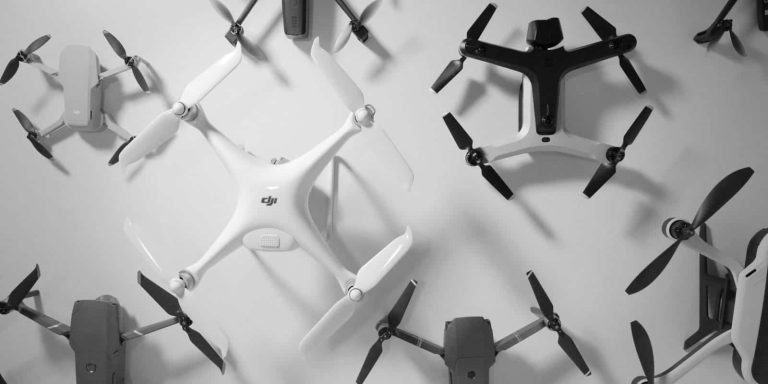


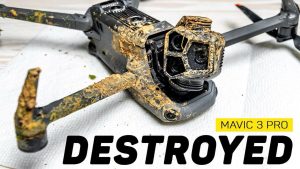
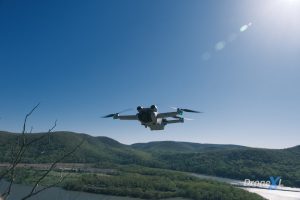
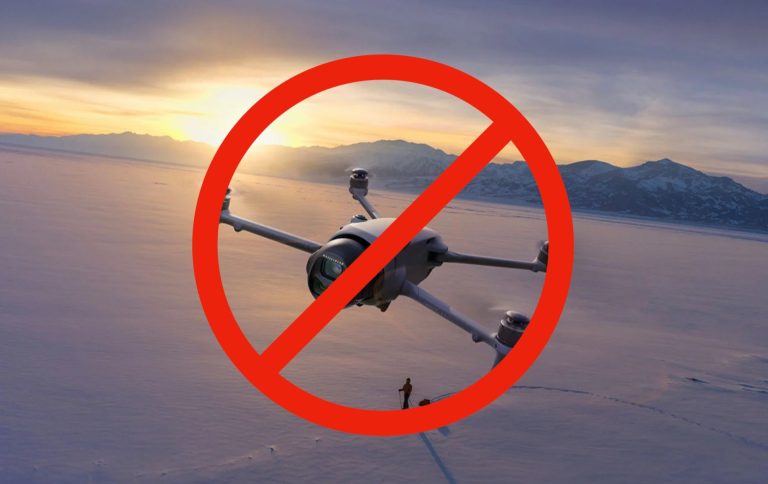
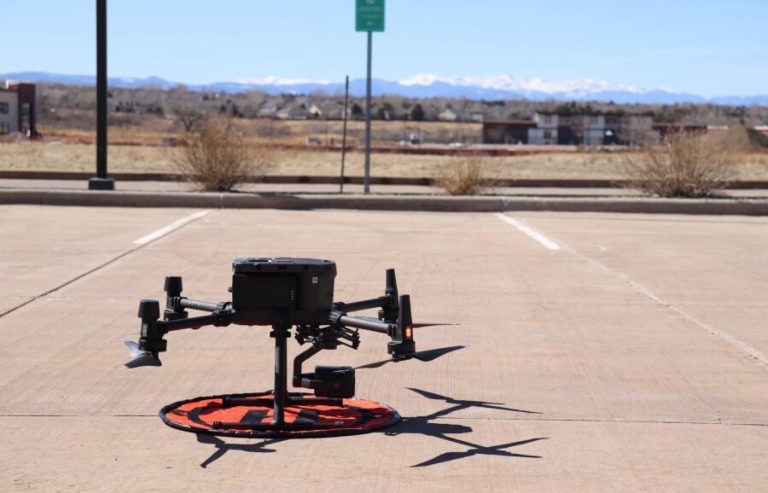
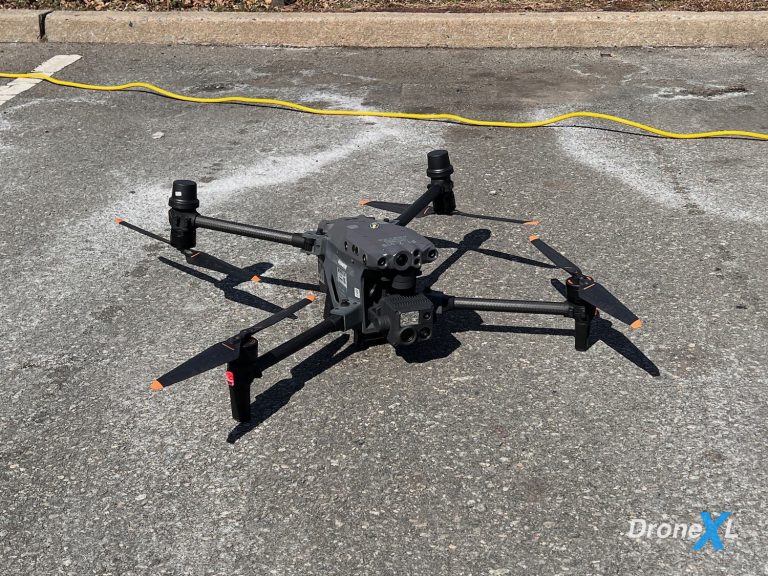

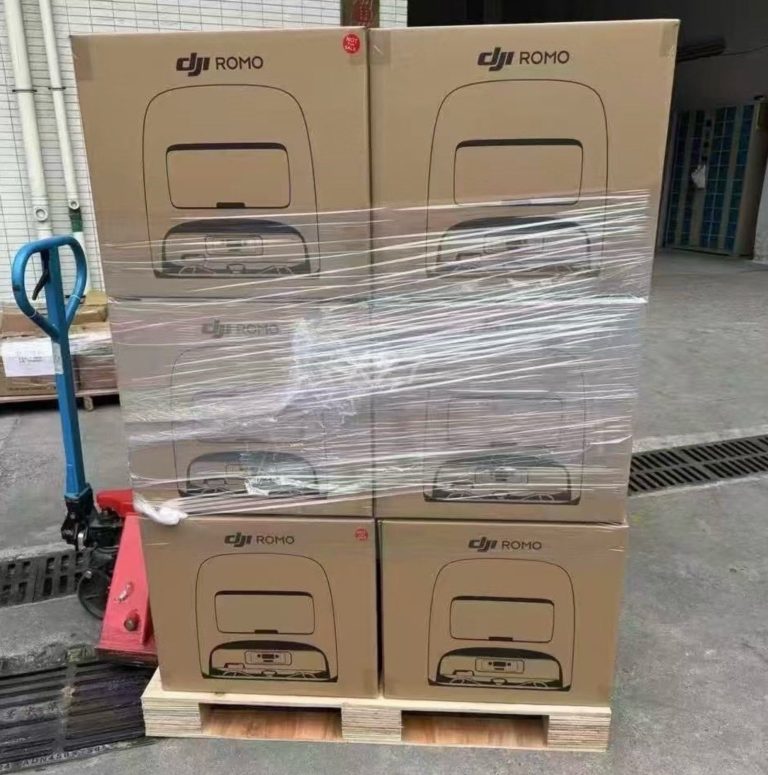
+ There are no comments
Add yours